Growing Corn
All Growing Corn Content
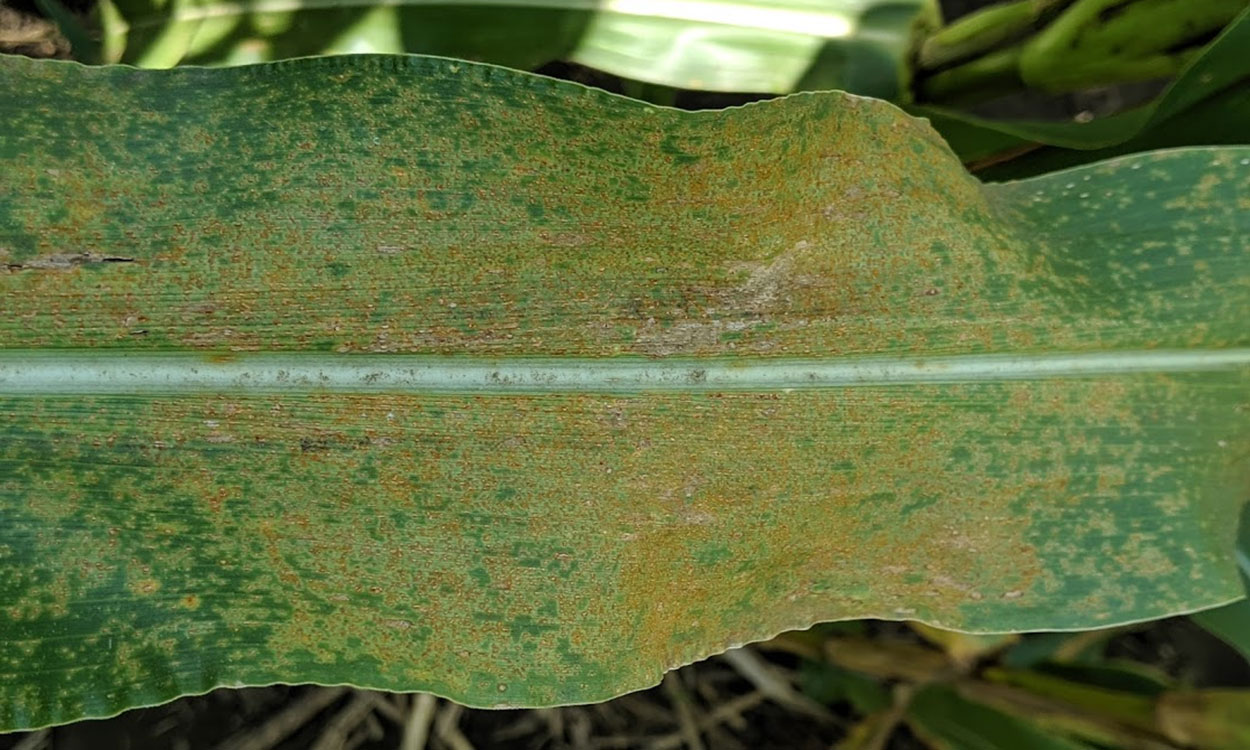
Is a Fungicide Applied at Tasseling Profitable in Corn?
Corn is currently at tasseling/silking across the state. This is usually the growth stage when a fungicide is applied to control fungal diseases.

Southern Rust Developing Late in Corn
Southern rust was found in a few corn fields scouted last week. This rust is developing very late in the season and therefore its impact on corn yield will be minimal.

Holcus Spot or Plant Injury?
Is your corn developing spots? Corn fields have been found with what appears to be Holcus spot, a bacterial disease. Upon further investigations, the leaves were found to be negative for any plant pathogens.

Is a Fungicide Needed for Developing Corn Diseases?
Corn is starting to tassel in several locations across the state. This is also the growth stage when a fungicide may be applied to control fungal leaf diseases. Diseases currently starting to develop are: anthracnose leaf blight, common rust and eyespot.
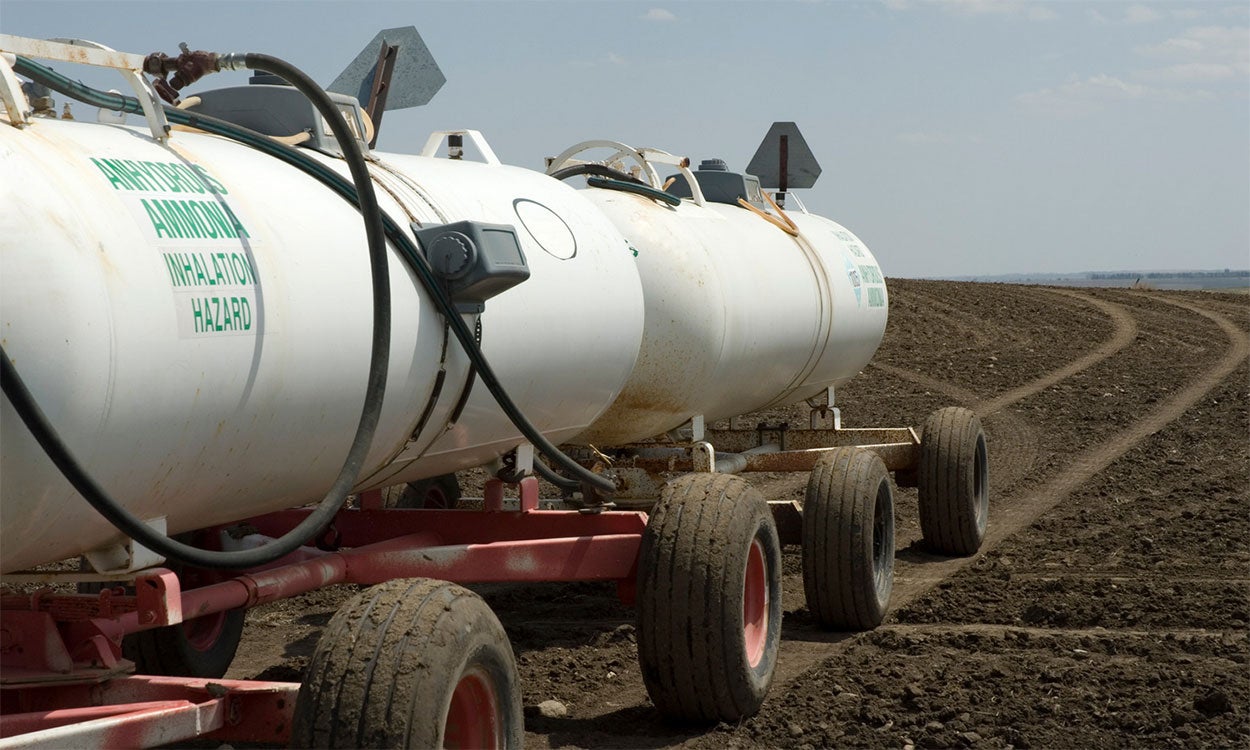
Determining an Economically Optimal Nitrogen Rate for Corn in 2022
While we can't know what the prices of corn and nitrogen fertilizer will be next year, it is very important to understand how the level of both prices will influence corn profitability for 2022.

Effecting Change Towards Economic Growth
During 2018 the main driver for South Dakota's economic growth continued to be agriculture. It is still the number one industry, with almost $20 billion in impact yearly. In today’s uncertain economic environment, two things can help farmers succeed: information and knowledge.
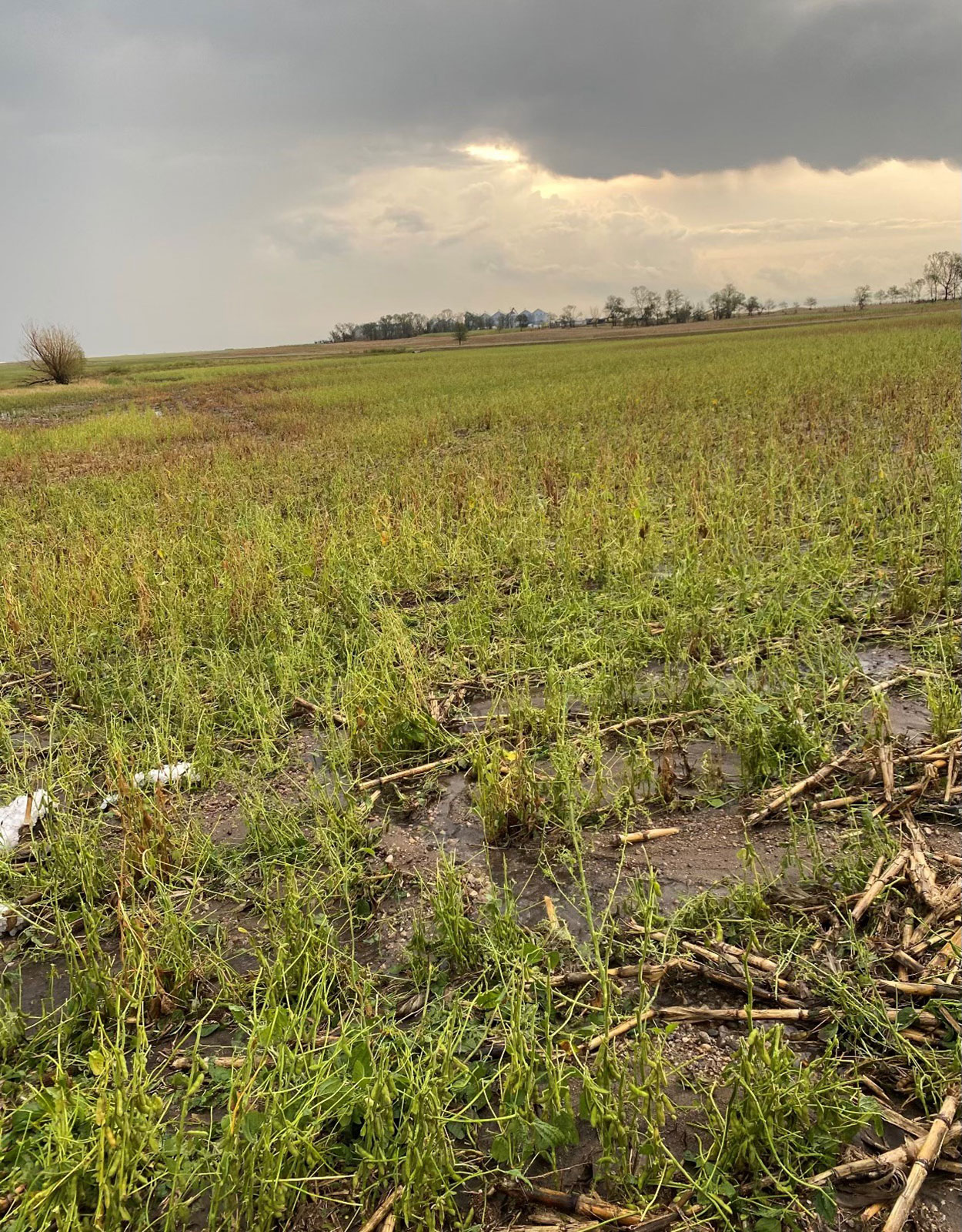
Making the Best of Hail-Damaged Row Crops
Late-season hail damage can leave growers wondering what to do next. Before deciding what to do with your hail-damaged fields, take some time to consider a variety of management options.
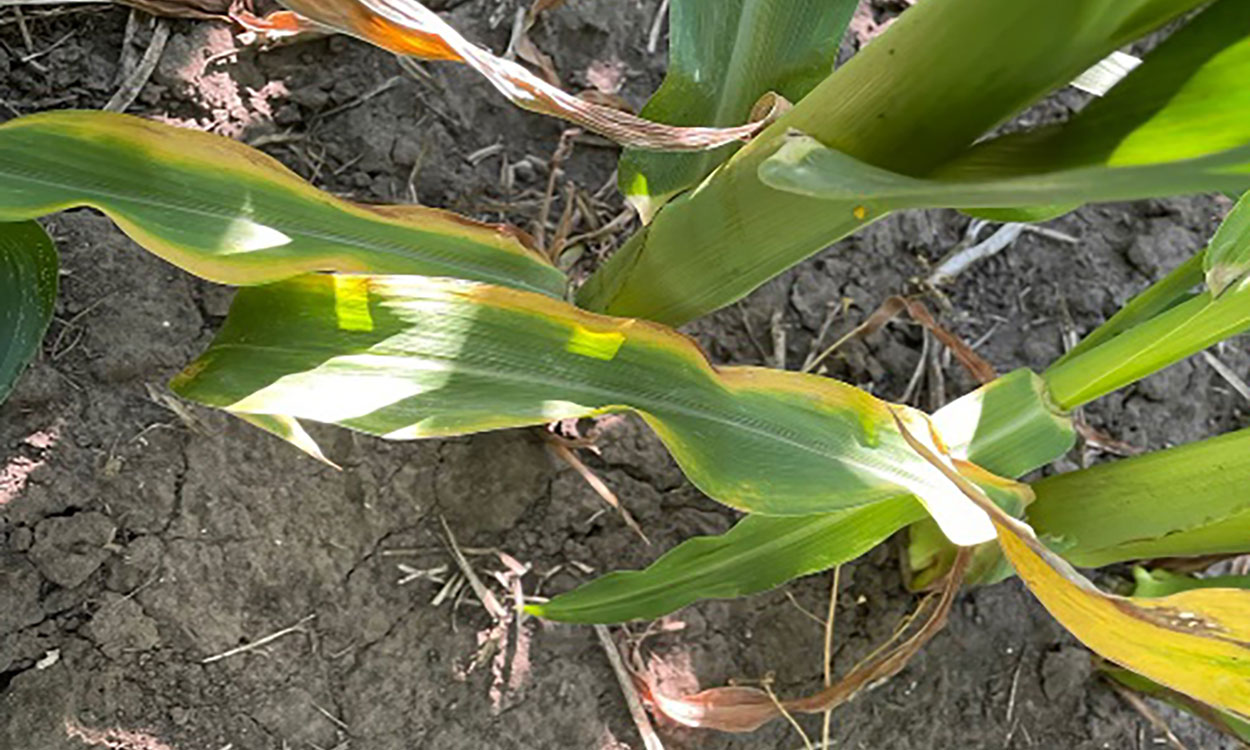
Corn Potassium and Drought
For many crop producers, potassium deficiency has become an increased concern, and this year’s drought conditions have resulted in potassium deficiency symptoms showing up in fields where it would normally not occur.
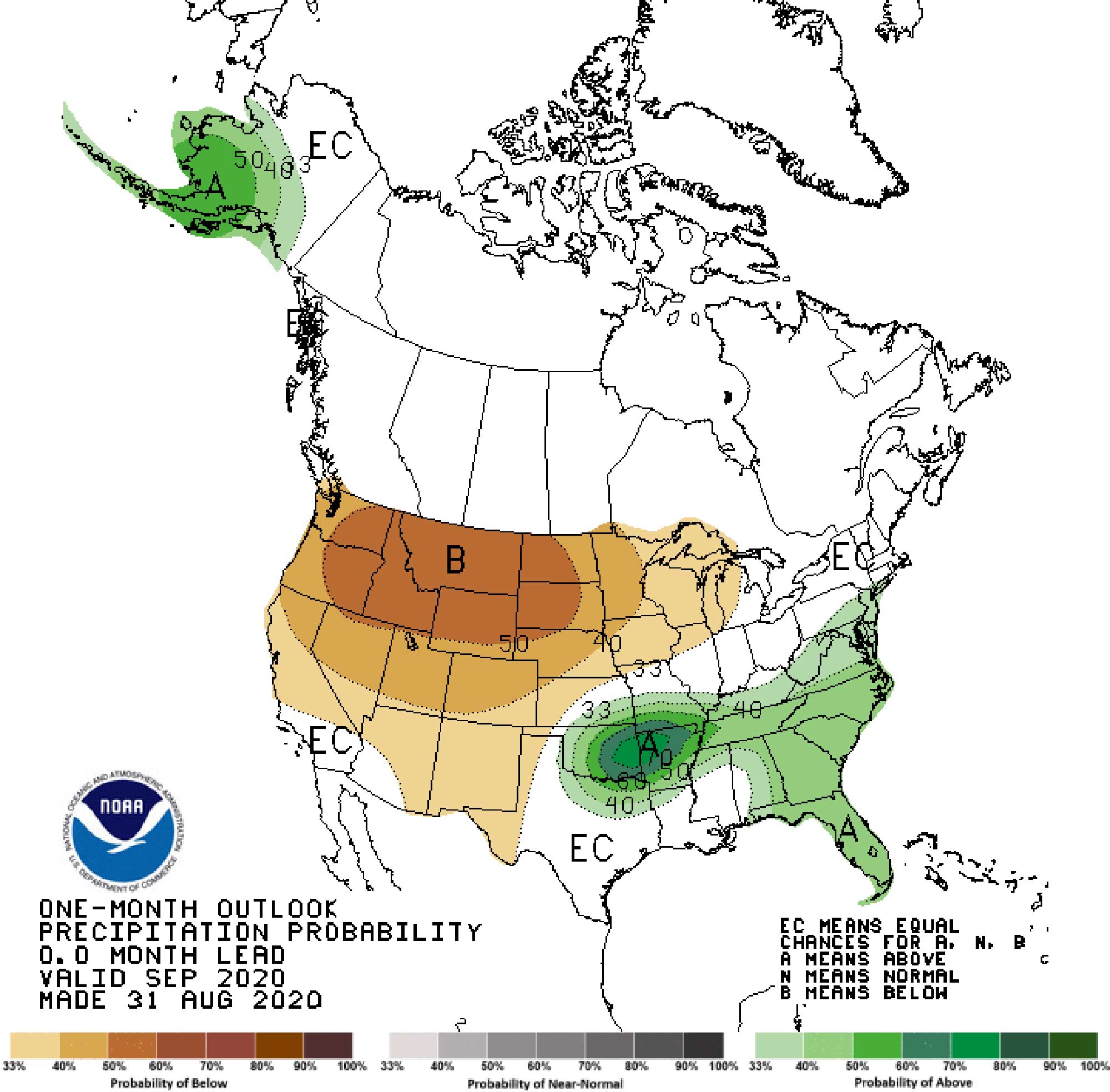
September 2020 Climate & Drought Outlook
Summer has its last hurrah the first week of September before we see potential for our state’s first freeze of the fall season, according to NOAA’s Climate Prediction Center.
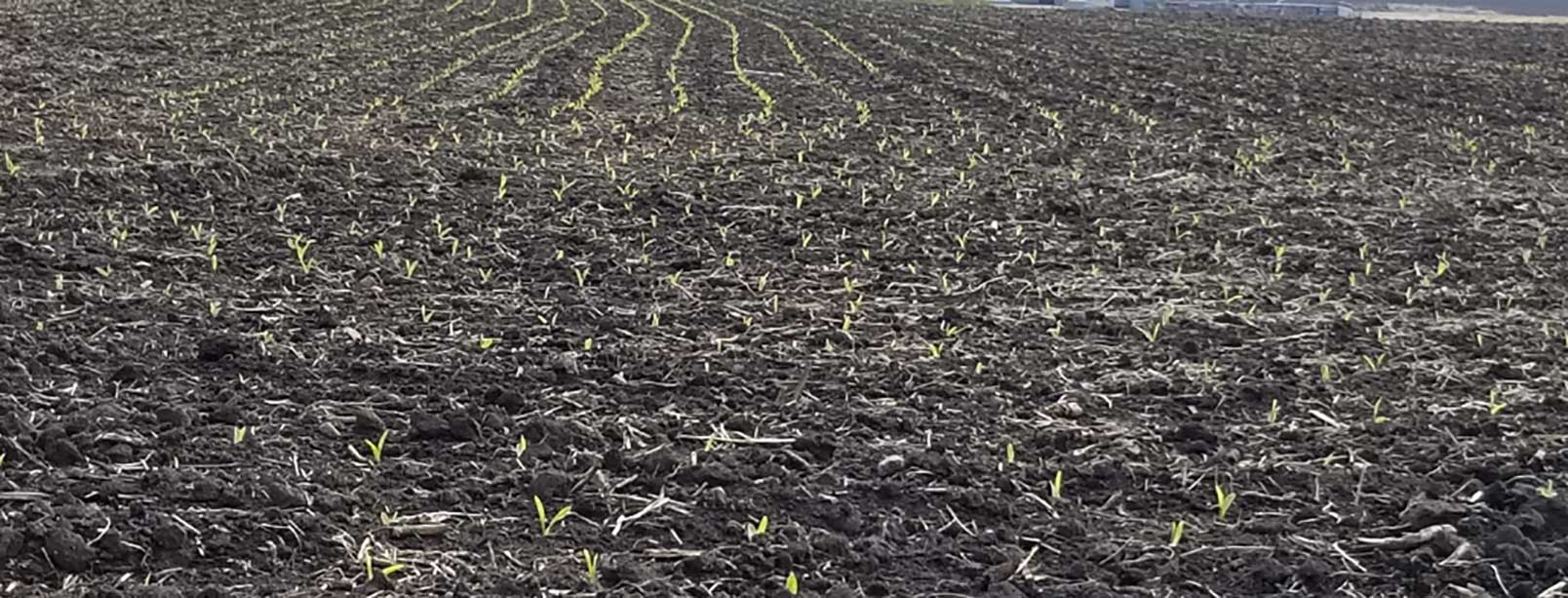
Corn Emergence During Cold Weather
After a very welcome warm and relatively dry April, the month of May has brought winter-like temperatures again to South Dakota. Due to cold and wet conditions, concerns of the cold temperatures have been expressed by producers who have recently planted corn.